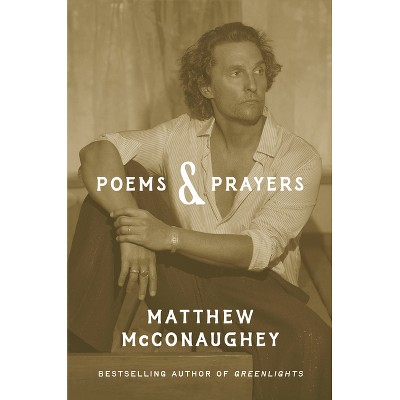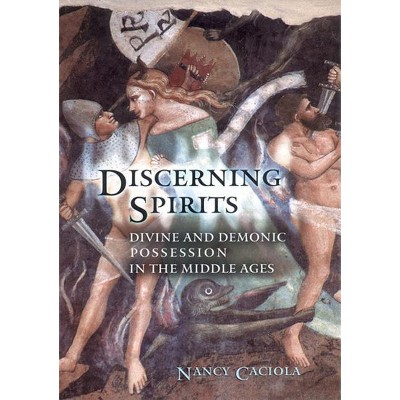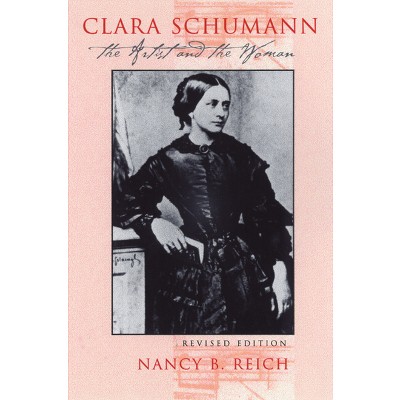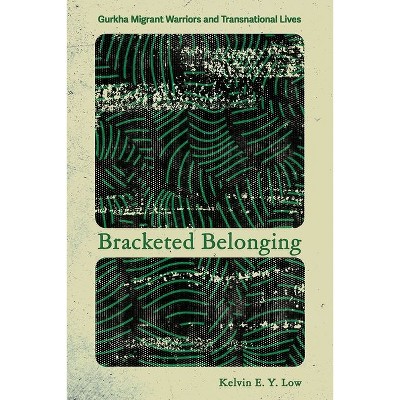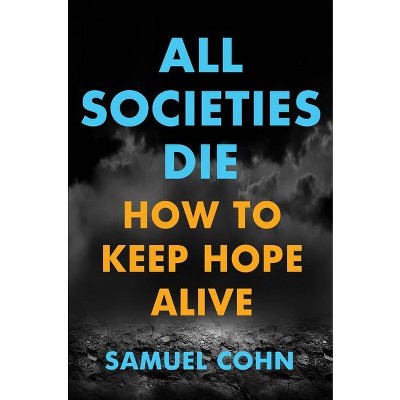Sponsored

Putting the Barn Before the House - by Nancy Grey Osterud (Hardcover)
In Stock
Sponsored
About this item
Highlights
- Putting the Barn Before the House features the voices and viewpoints of women born before World War I who lived on family farms in south-central New York.
- About the Author: Grey Osterud, an independent scholar and editor, is the author of Bonds of Community: The Lives of Rural Women in Nineteenth-Century New York, also from Cornell.
- 294 Pages
- Social Science, Anthropology
Description
About the Book
Putting the Barn Before the House features the voices and viewpoints of women born before World War I who lived on family farms in south-central New York. Grey Osterud explores the flexible and varied ways that families shared labor.
Book Synopsis
Putting the Barn Before the House features the voices and viewpoints of women born before World War I who lived on family farms in south-central New York. As she did in her previous book, Bonds of Community, for an earlier period in history, Grey Osterud explores the flexible and varied ways that families shared labor and highlights the strategies of mutuality that women adopted to ensure they had a say in family decision making. Sharing and exchanging work also linked neighboring households and knit the community together. Indeed, the culture of cooperation that women espoused laid the basis for the formation of cooperatives that enabled these dairy farmers to contest the power of agribusiness and obtain better returns for their labor. Osterud recounts this story through the words of the women and men who lived it and carefully explores their views about gender, labor, and power, which offered an alternative to the ideas that prevailed in American society.
Most women saw "putting the barn before the house"--investing capital and labor in productive operations rather than spending money on consumer goods or devoting time to mere housework--as a necessary and rational course for families who were determined to make a living on the land and, if possible, to pass on viable farms to the next generation. Some women preferred working outdoors to what seemed to them the thankless tasks of urban housewives, while others worked off the farm to support the family. Husbands and wives, as well as parents and children, debated what was best and negotiated over how to allocate their limited labor and capital and plan for an uncertain future. Osterud tells the story of an agricultural community in transition amid an industrializing age with care and skill.
Review Quotes
Building on her 1991 book Bonds of Community: The Lives of Farm Women in Nineteenth-Century New York, Grey Osterud returns to the Nanticoke Valley of south-central New York State, this time with a focus on the early 20th century.. Personal narratives, interviews with two dozen women over many years, are at the core, and are the greatest strength, of the book.. Osterud makes a compelling case that gender flexibility and integration, reciprocity, mutual aid, social equality and collective action were the core values of the rural way of life in the Nanticoke Valley for generations.
--Sarah Carter "Social History"In this delightful sequel to Bonds of Community, Grey Osterud carries her analysis of family-based agriculture in south-central New York's Nanticoke Valley into the first half of the twentieth century. Osterud masterfully plumbs interviews she conducted with twenty-four women born before 1917, drawing on feminist theory and oral history theory for interpretative insights. Her interviews suggest that concepts of separate spheres and autonomy were foreign to the understandings and experiences of rural women in the earlyt twentieth century.
-- "American Historical Review"In this fascinating book Grey Osterud delves into the lives of two dozen women from the Nanticoke Valley in New York to explore women's role in farming and community over time.... Her current book is rich with insight into the patterns of change over time. For those committed to understanding the lives of farm women, this book should not be missed.
--Carrie A. Meyer "The Journal of American History"In 1993, historian Hal S. Barron called Grey Osterud's Bonds of Community 'the most thorough and sophisticated reconstruction of the relationships between rural men and women that we have for the nineteenth century.' In Putting the Barn before the House, which Osterud describes as the sequel to Bonds of Community, she carries the story of Nanticoke Valley farmers into the twentieth century. Using the same exhaustive research and careful analysis, Osterud demonstrates that in Nanticoke Valley, farm families maintained flexible gender roles and strong mutual-aid networks, as well as a 'culture of mutuality, ' well into the twentieth century. Men and women agreed that 'putting the barn before the house' was a vital strategy to enable the family to persist on the land and convey it to the next generation. Osterud's gracefully written book is a masterful contribution to rural and agricultural history. Putting the Barn before the House is an exemplary work for historians in any speciality that explores rural and urban social and labor history.
-- "Journal of American Studies"Overall, Putting the Barn before the House succeeds marvelously in accomplishing what it sets out to do, both argumentatively and methodologically.... To be sure, during the past fifteen or twenty years, many studies have carried a brief for oral history research, but few have done so as persuasively as Osterud's. Nor have many studies done a better job of harmonizing information gleaned from oral histories with source material found in more traditional archives.... Osterud has provided readers with a very compelling, meticulously well-researched study that should be of interest of scholars working in a number of different fields.
--Colin R. Johnson "Enterprise and Society"Thoroughly researched and skillfully organized, the well-crafted narrative provides readers with both a sense of place and a sense of history.
-- "Choice"About the Author
Grey Osterud, an independent scholar and editor, is the author of Bonds of Community: The Lives of Rural Women in Nineteenth-Century New York, also from Cornell.



